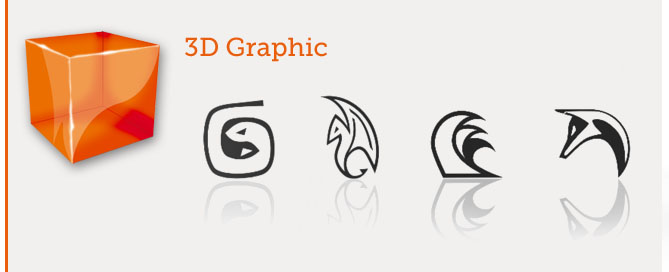3DS MAX – Micro Reference Manual – Animation – Inverse Kinematics
Inverse kinematics refers to the use of the kinematics equations of a robot to determine the joint parameters that provide a desired position of the end-effector. Specification of the movement of a robot so that its end-effector achieves a desired task is known as motion planning. Inverse kinematics transforms the motion plan into joint actuator trajectories for the robot.
The movement of a kinematic chain whether it is a robot or an animated character is modeled by the kinematics equations of the chain. These equations define the configuration of the chain in terms of its joint parameters. Forward kinematics uses the joint parameters to compute the configuration of the chain, and inverse kinematics reverses this calculation to determine the joint parameters that achieves a desired configuration
GENERAL
CREATE BONES
MAIN TOP MENU> Animation> Bone Tools…> LMB in the viewport to create bones, RMB to end
APPLY IK
Select the ROOT BONE> Animation> IK Solvers> HI Solver> click the LAST CHILD BONE
LIST
– HI IK SOLVER (History-Independent)
The HI Solver does not rely on IK solutions calculated in previous keyframes in the timeline, so it is just as fast to use at frame 2000 as it is at frame 20.
– HD IK SOLVER (History-Dependent)
Animating with the HD Solver lets you use sliding joints combined with inverse kinematics. It has controls for spring back, damping, and precedence not found in the HI Solver. It also has quick tools for viewing the initial state of the IK chain. Use it for animations of machines and other assemblies. Since this is history dependent, performance is slower at the end of long animations. For lengthy scenes, use HI Solvers, if possible.
– IK LIMB SOLVER (Character Animation – Arti)
The IK Limb solver is specifically meant for animating the limbs of human characters; for example, the hip to the ankle, or the shoulder to the wrist. Each IK Limb solver affects only two bones in a chain, but multiple solvers can be applied to different parts of the same chain. It is an analytical solver that is very fast and accurate in viewports.
The IK Limb solver can be exported directly to a game engine.
– SPLINE IK
The Spline IK solver uses a spline to determine the curvature of a series of bones or other linked objects.
You can move and animate the spline vertices to change the curvature of the spline. Usually, a helper is placed at each vertex to assist in animating the spline. The spline curvature is then passed on to the entire linked structure. The bones themselves do not change shape.



